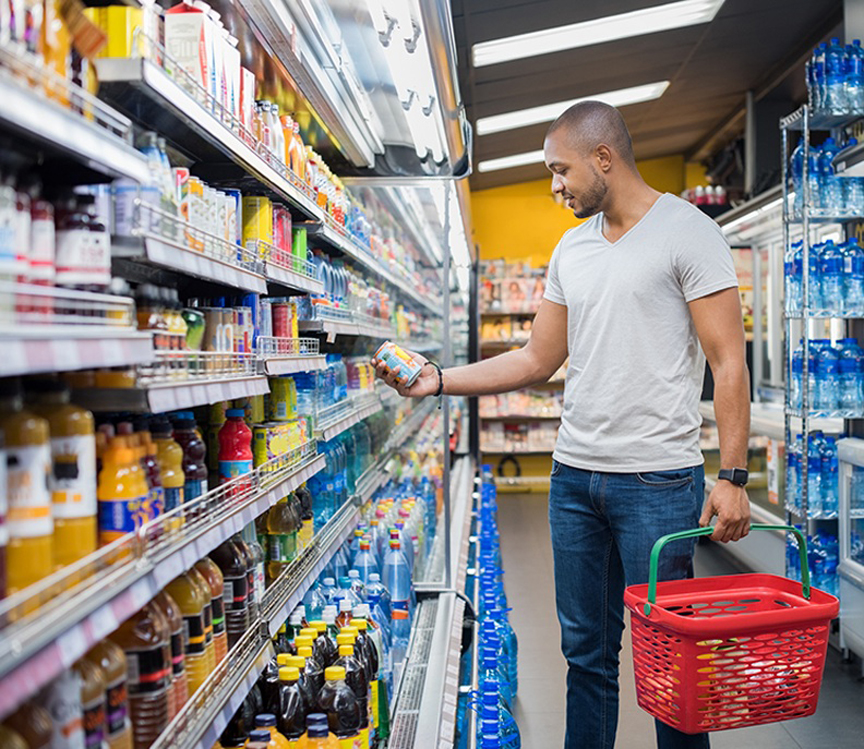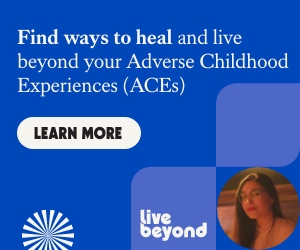These days, shopping for eggs or coffee can feel like an ethical dilemma. Organic? Cage-free? Fair trade?
There are good reasons to care about where our food comes from. Agriculture has enormous consequences — it can cause deforestation, destroy habitat for wildlife, pollute rivers and release greenhouse gases. But can any of us reduce those problems by buying food with an eco-label?
Life Kit is here to help. We won’t tell you what to buy — many of these labels, such as organic, come with a higher price tag, and some certifications may accomplish things that aren’t important to you. But we can explain how to read food labels, so you know what you’re actually buying.
Here are a few tips to separate what’s meaningful from mere marketing.
1. Organic. It’s more than just a ban on pesticides.
Organic is the label with the most specific meaning, laid out in volumes of rules that farmers and food manufacturers have to follow if they want that “USDA Organic” seal.
Some of those rules are well-known. They include a ban on most industrially produced pesticides, weedkillers and fertilizers.
Instead, organic farmers fertilize their fields with composted manure. They try to control insect pests and harmful fungi with natural predators, by rotating their crops or by using chemicals that exist in nature, such as copper. Growing grains, fruits and vegetables organically typically takes more work, and the fields typically produce a little less food, which is one reason that it’s more expensive.
Other rules are less well-known. Cows and pigs on organic farms have to be able to go outside and graze. Chickens are supposed to be able to go outside too, although the current rules are loose enough that hens at some large organic egg farms don’t really go outside much. All of these animals have to eat organically grown feed. That’s the main reason that organic eggs and dairy products are more expensive. Also, the animals can’t be treated with antibiotics or growth hormones.
Organic farmers get audited every so often to make sure they’re following the rules. Occasionally, cases of fraud come to light. But few other eco-labels are policed in a similar way.
“These practices and standards are actually backed and enforced by a law that has teeth, that actually requires people to follow the rules or face consequences that … can include jail time,” says Matthew Dillon, the head of agricultural policy for Clif Bar & Company.
So are organic products healthier? Maybe not. Organic produce has lower levels of pesticide residue, but there’s not solid evidence that it’s a big enough difference to affect your health. “I think it’s the wrong motivation in purchasing organic food,” Dillon says. “While there may be some data that shows that there’s some benefit, that’s not what really is important to me.”
There’s strong evidence, he says, that organic farming leads to healthier soil, cleaner water and more plentiful wildlife and that it’s safer for farmworkers.
2. Beware of ill-defined labels.
Some labels, unlike organic, don’t mean anything specific. It’s easy for food companies to print the word “natural” on their products, because there’s no legal standard that defines what it means.
The Food and Drug Administration has stated only that products carrying the “natural” label should not contain artificial colors or synthetic flavors. Similarly, anyone can call their farming practices “sustainable.” Be skeptical.
3. Non-GMO is not organic.
“I’m going to say, offhand, that [non-GMO] is probably my least favorite label,” says Rebecca Thistlethwaite, who runs a program at Oregon State University, the Niche Meat Processor Assistance Network, that helps young farmers figure out how to be successful.
GMO, which stands for “genetically modified organism,” refers to varieties of crops that have been genetically modified in the lab to make them easier for farmers to grow. Non-GMO means that the food does not contain any ingredients from such GMO crops.
Both Thistlethwaite and Dillon say that food companies are using this label in misleading ways. For one thing, they are putting it on foods, like mangoes or cashews, that are never genetically modified. “They’re doing it to differentiate themselves, even though their product is exactly the same as everything else on the shelf. It’s primarily a market-driven label that big industry really loves,” says Thistlethwaite.
They love it, apparently, because some consumers believe that non-GMO means less pesticide spraying — a little bit like organic. In fact, though, non-GMO food is typically grown with standard farming techniques, including spraying of insecticides and herbicides.
The bottom line? You can look for the non-GMO label if you care just about avoiding genetically engineered ingredients, but you’re not doing much for the environment or for anybody’s health.
4. If you care about animal welfare, look for third-party certifications.
The many different labels on animal products, such as eggs, can be especially confusing. So we asked Thistlethwaite to explain. “I used to raise 5,000 laying hens on pasture, and it was also certified organic. So I know quite a bit about this,” she says, laughing.
Cage-free, she explains, simply means that the hens are not in individual cages. But they’re still living inside a barn, not running around the countryside.
Free-range is only slightly different. Those hens are supposed to have some access to the outdoors, but “you could have a large barn with 100,000 hens in it and just have a couple little doors,” Thistlethwaite says. “There might be 30 hens outside that figured out how to climb out those doors.”
Pasture-raised eggs, which Thistlethwaite used to sell, come from chickens that actually are free to walk around outside, scratching the ground. “They’re sort of getting to express their natural behaviors,” she says.
Those eggs also are a lot more expensive, so beware of producers that are trying to get those high prices without actually doing the work. Look for the stamp of an organization that checks up on the farmers. Thistlethwaite says that one such certification is called “Animal Welfare Approved.”
There’s a similar certification for beef, which guarantees that cattle aren’t confined in feedlots. Look for the words “American Grassfed Association.”
You may not find those labels at big chain supermarkets, though. The next best thing, Thistlethwaite says, is probably organic certification. The organic animal-welfare rules aren’t perfect, she says, but at least they’re enforced.
As for seafood, check out Seafood Watch, which is run by the Monterey Bay Aquarium. It has a website and an app that give each kind of fish an environmental grade: Best Choice, Good Alternative or Avoid.
5. Fair trade gives small farmers a little more money and power.
Fair trade is a common label on products like coffee or chocolate that typically come from countries where farmers are often poor. Kim Elena Ionescu, chief sustainability officer for the Specialty Coffee Association, explains that the fair trade certification guarantees a minimum price to coffee producers, which, most of the time, is higher than the market price.
Perhaps more important, Ionescu says, is the fact that fair trade works almost exclusively with cooperatives of small farmers. “It strengthens this community institution and actually gives people a little more power,” she says.
But Ionescu also says that there are limits to what fair trade can accomplish and that no one should expect that fair trade by itself will lift entire communities out of poverty. “Poverty is so much more complicated than just a price for coffee,” she says. “I mean, it’s possible that that producer has a very small amount of land and there is no price high enough to make that tiny plot of land a viable economic support system for the family.”
6. Don’t let labels stress you out.
Our experts agreed on one point that surprised us. Even though they support labels that guide consumers toward ethically produced food, they don’t think consumers should expect their choices to fundamentally change the world.
“Labels are like Band-Aids. They’re just superficial kind of feel-good solutions to systemic problems,” says Thistlethwaite.
Dillon made the same point. “Labels frustrate me. You know, feeling this responsibility to change the world with our shopping decisions,” he told us.
Our shopping decisions won’t, in fact, change the world, he says. But that fact should not make people discouraged. Consumers should feel relief instead.
“I think they should, first of all, understand that fixing the food system, improving the food system, is not all on them. They shouldn’t feel guilt and shame about the purchases they make,” he says. “Responsibility goes across the board. It’s consumers. It’s food companies, and it’s policymakers and regulatory agencies.”
So here’s our final takeaway: Go ahead and put your money where your heart is. But don’t feel like it’s up to you and your food purchases to solve every problem in the world.







